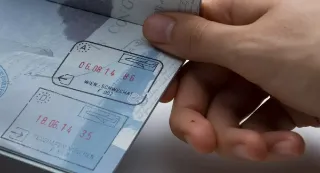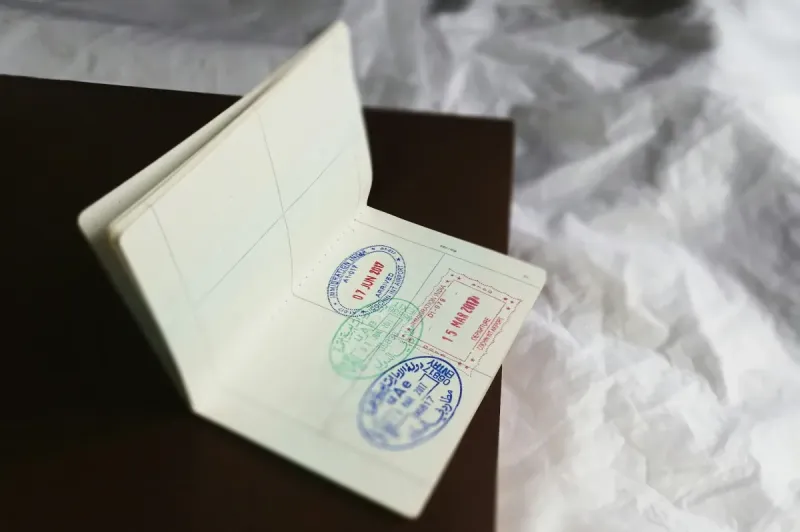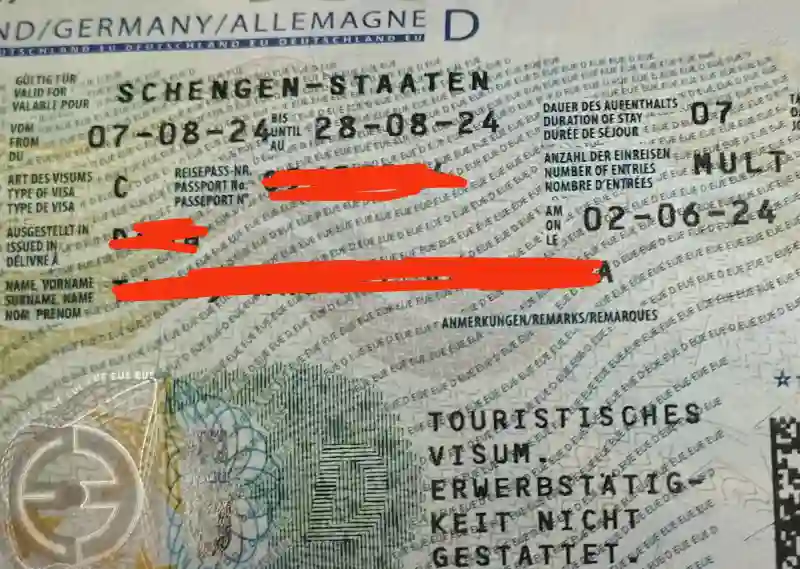Schengen Visa Validity: How Long Can You Stay in Europe?
Picture this: you've got your Schengen visa in hand, a map of Europe spread out before you, and a heart full of wanderlust. You're ready to embark on a multi-country adventure, hopping from the Eiffel Tower to the Colosseum to the canals of Amsterdam, all without the hassle of multiple visas. It's the freedom and flexibility of the Schengen Area – a traveler's dream come true!
But hold on a second! Before you start booking those flights and trains, there's one crucial thing you need to understand: Schengen visa validity. The Schengen Area is like a VIP club for travelers, offering seamless travel between member countries without border checks. It's a game-changer, making it super easy to explore different cultures, cuisines, and landscapes. But this VIP pass comes with a time limit, and that's where understanding Schengen visa validity becomes essential.
In this guide, we'll break down the ins and outs of Schengen visa validity, including the infamous "90/180-day rule." We'll discuss different types of visas and how long you can stay on each one. Plus, we'll share some insider tips for planning your trip to maximize your time in Europe. So, grab a cup of coffee (or a glass of wine, if you're feeling fancy), and let's dive into the world of Schengen visa validity!
Alright, Schengen adventurers, let's tackle the 90/180-day rule – the golden rule of Schengen visa validity. Think of it like a game with a time limit, where you have 90 days to play within a 180-day window. But unlike a game, overstaying your Schengen visa time limit isn't fun and can have serious consequences. So, let's break it down so you can stay in the game and avoid any penalties.
It's actually simpler than it sounds! The 90/180-day rule means you can only spend a maximum of 90 days within the Schengen Area during any 180-day period. It doesn't have to be 90 consecutive days, you can come and go as you please. The key is that the total number of days you spend in the Schengen Zone within any six-month period cannot exceed 90.
How to Calculate Your Schengen Time
The easiest way to figure out how much time you have left on your Schengen visa is to use an online calculator. Just search for "Schengen visa calculator" and plug in your travel dates. It will automatically calculate how many days you can stay without overstaying your visa.
If you prefer doing the math yourself, here's how it works:
- Start with today's date or your intended date of entry into the Schengen Area.
- Count back 180 days.
- Add up the number of days you've been in the Schengen Area within that 180-day period.
- Subtract that number from 90.
The result is the number of days you have left to stay in the Schengen Area. Easy peasy, right?
Let's say you want to visit Italy for 30 days in July, then return to the US. Later, you want to go to Spain for another 30 days in December. Can you do that on a single Schengen visa? Yes! As long as the total number of days you spend in the Schengen Area within any 180-day period doesn't exceed 90.
But, if you try to visit Italy for 60 days, go back home, and then return for another 60-day trip to Spain within that same 180-day period, you'd be overstaying your Schengen visa validity, and that's a big no-no.
A common misconception is that if you leave the Schengen Area and come back, the 90-day clock resets. That's not entirely true. The 180-day period is rolling, so even if you leave and come back, you still need to count all the days you've been in the Schengen Area within that timeframe.
Overstaying your Schengen visa can have serious consequences, like fines, deportation, or even a ban from entering the Schengen Area in the future. So, be sure to plan your trips carefully and keep track of your days to avoid any trouble.
By understanding the 90/180-day rule and using the tools available, you can maximize your time in Europe and enjoy a stress-free Schengen visa experience!
Not all visas are created equal, and understanding the different options can help you choose the one that's right for your European adventure. Think of it like picking the perfect travel companion – you want one that matches your needs and style.
1. Single-Entry Visa
This visa is your one-way ticket to the Schengen Area. It's valid for a single entry, and the duration of your stay will be specified on the visa sticker. Once you leave the Schengen Zone, your visa expires, even if you haven't used up all your allotted days. This type of visa is usually best for short trips with a clear itinerary.
2. Double-Entry Visa
If you're planning on visiting the Schengen Area twice within a certain period, this visa is your friend. It allows you to enter the Schengen Zone twice, with the duration of each stay specified on your visa sticker. Remember, though, you still have to follow the 90/180-day rule!
3. Multiple-Entry Visa
This is the holy grail of Schengen visas for frequent travelers! A multiple-entry visa allows you to come and go as you please within the validity period of your visa, as long as you don't exceed 90 days in any 180-day period. It's perfect for those who want to explore multiple countries or make several trips to the Schengen Area over time.
4. Limited Territorial Validity Visa (LTV)
This visa is a bit of a special snowflake. It's only valid for specific Schengen countries, as indicated on the visa sticker. So, if you only plan to visit a few specific countries, this might be a good option. However, it's less common than the other visa types.
Choosing Your Schengen Visa Type: The Right Fit for Your Adventure
The type of Schengen visa you're granted depends on several factors, including:
- Purpose of Travel: Are you going for tourism, business, or something else?
- Travel History: Have you traveled to the Schengen Area before? If so, you might be eligible for a multiple-entry visa.
- Financial Means: Can you prove you have enough money to support yourself during your trip?
- Ties to Your Home Country: Do you have a job, family, or property that will ensure you return home after your trip? This part is especially crucial when applying for a Schengen Visa for Green Card holders or trying to get one while not in your country of origin.
So, take some time to consider your travel plans and choose the visa type that best suits your needs. And if you need any help figuring it all out, VisaTitans is always here to lend a hand!
If you prefer personalized guidance or find the online application process intimidating, consider a reputable visa agency like VisaTitans.
Agencies offer valuable expertise in navigating the complexities of the Schengen visa system.
They ensure your application is complete and accurate, track your visa status, and often have established relationships with consular offices that can help streamline the process. Visa agencies typically charge a service fee in addition to the official visa cost.
Conclusion
Understanding the Schengen visa validity is crucial for planning your stay in Europe. Schengen visas come in various types, including the airport transit visa and the more flexible multiple entry visa. When you apply for a Schengen visa, it's important to know how long you can stay in the Schengen area. A multiple entry Schengen visa allows you to enter the Schengen area multiple times within its validity period, providing you with the flexibility to travel in and out of the European Union.
Each Schengen visa valid period depends on the specific visa type and the consulate’s discretion. The visa fee varies based on the type of visa and the applicant's nationality. To enter the Schengen area smoothly, ensure that you understand the requirements for each Schengen country. For those in a hurry, some consulates offer an accelerated visa procedure to expedite processing.
Whether you're applying for airport transit visas or planning an extended stay across multiple Schengen area countries, thorough preparation and understanding of the requirements will facilitate a hassle-free travel experience.






















































